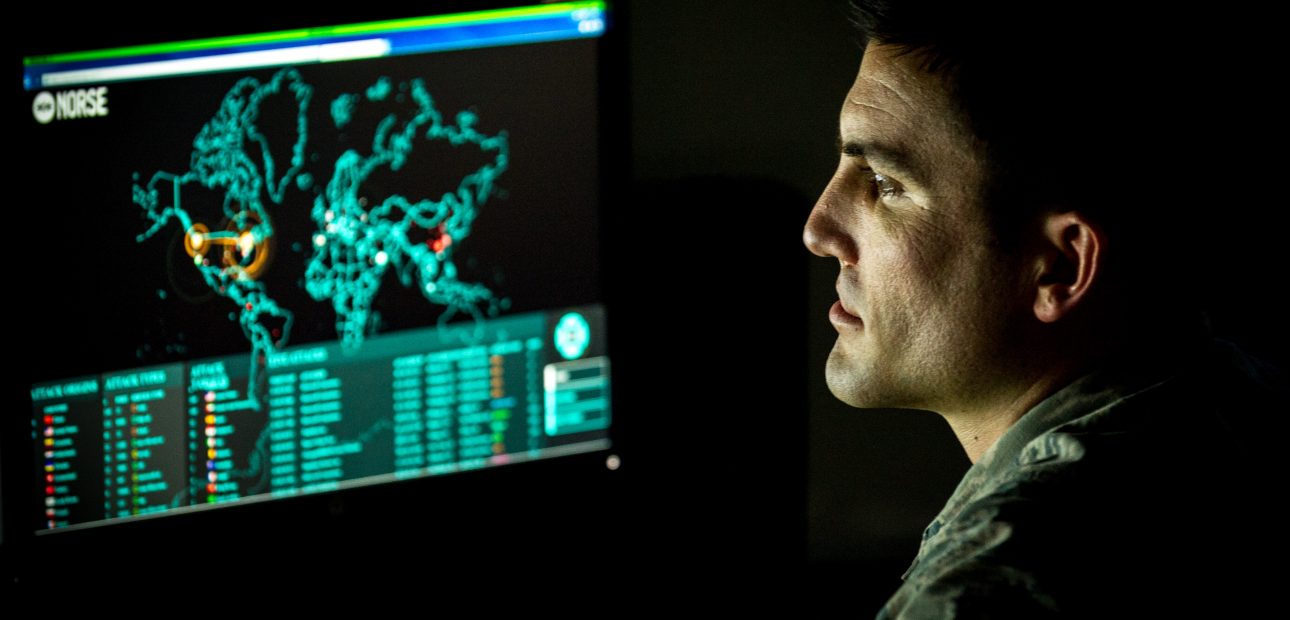
Cyber warfare refers to the use of digital attacks, such as hacking, phishing, and malware, to disrupt or damage a target’s electronic infrastructure. It is a growing concern for individuals, organizations, and even governments, as the world becomes increasingly reliant on technology. In this article, we will explore what cyber warfare is, its types, methods, and how to protect against it.
-
What is Cyber Warfare?
Cyber warfare is a form of warfare in which technology is used to disrupt, damage, or destroy an enemy’s electronic infrastructure. It is a growing threat that can cause significant harm to individuals, businesses, and even countries. Cyber warfare is often used to gain access to confidential information, such as financial data, personal information, or military secrets. -
Types of Cyber Warfare:
There are various types of cyber warfare, including:
a) Cyber espionage: This involves the use of digital attacks to gain access to confidential information, such as trade secrets or government intelligence.
b) Cyber sabotage: This type of cyber warfare aims to damage or destroy the target’s electronic infrastructure. For example, by using malware to shut down a power grid or disrupt a financial institution’s operations.
c) Cyber terrorism: Cyber terrorism involves the use of digital attacks to cause fear, panic, or destruction. This can include attacks on critical infrastructure or public services.
- Methods of Cyber Warfare:
Cyber warfare uses a variety of methods to achieve its objectives, including:
a) Malware: Malware is software that is designed to infiltrate a computer system and cause damage. It can take the form of viruses, worms, or Trojan horses.
b) Phishing: Phishing is a type of cyber attack that involves tricking individuals into giving away sensitive information. This can be done through fake emails, websites, or social media messages.
c) DDoS attacks: A Distributed Denial of Service (DDoS) attack involves flooding a target’s website or network with traffic until it becomes overwhelmed and crashes.
- Cyber Warfare Attacks and Examples:
Some well-known examples of cyber warfare attacks include:
a) Stuxnet: Stuxnet was a malware program that was used to damage Iran’s nuclear program in 2010. It targeted the centrifuges that were used to enrich uranium and caused them to malfunction.
b) WannaCry: WannaCry was a ransomware attack that affected over 200,000 computers in 150 countries in 2017. It encrypted users’ files and demanded a ransom payment in exchange for the decryption key.
c) NotPetya: NotPetya was a malware attack that affected businesses around the world in 2017. It spread through a software update and caused significant damage to companies’ computer systems.
- How to Protect Against Cyber Warfare:
There are several steps individuals and organizations can take to protect against cyber warfare, including:
a) Keep software up-to-date: Regularly updating software can help protect against known vulnerabilities.
b) Use strong passwords: Strong passwords can help prevent unauthorized access to accounts and systems.
c) Use antivirus software: Antivirus software can help detect and remove malware.
d) Educate employees: Educating employees about the risks of cyber warfare and how to protect against it can help prevent attacks.
- The Future of Cyber Warfare:
As technology continues to advance, so too will the methods used in cyber warfare. It is essential for individuals, organizations, and governments to remain vigilant and take steps to protect against these threats.
Conclusion
In conclusion, cyber warfare is a rapidly evolving field that poses a significant threat to nations, organizations, and individuals alike. The use of advanced technologies and sophisticated attack vectors has made it more challenging to detect and prevent cyber attacks. Governments, military organizations, and security agencies are investing heavily in developing new defensive measures to counter cyber warfare.
Frequently Asked Questions (FAQs)
Q: What is cyber warfare?
A: Cyber warfare refers to the use of digital attacks, such as computer viruses, malware, and hacking, to disrupt, damage, or destroy computer systems, networks, or devices.
Q: What are some examples of cyber warfare attacks?
A: Some examples of cyber warfare attacks include Stuxnet, NotPetya, and WannaCry.
Q: Who is vulnerable to cyber warfare attacks?
A: Anyone with an internet connection is vulnerable to cyber warfare attacks, including individuals, organizations, and governments.
Q: How can we protect against cyber warfare attacks?
A: To protect against cyber warfare attacks, it’s essential to use strong passwords, keep software up to date, and use antivirus software. Additionally, organizations should train employees on cybersecurity best practices and establish incident response plans.
Q: How is the government responding to cyber warfare threats?
A: Governments are investing heavily in developing new defensive measures, such as advanced firewalls, intrusion detection systems, and incident response plans, to counter cyber warfare. They are also working to establish international norms and agreements on cyber behavior.
